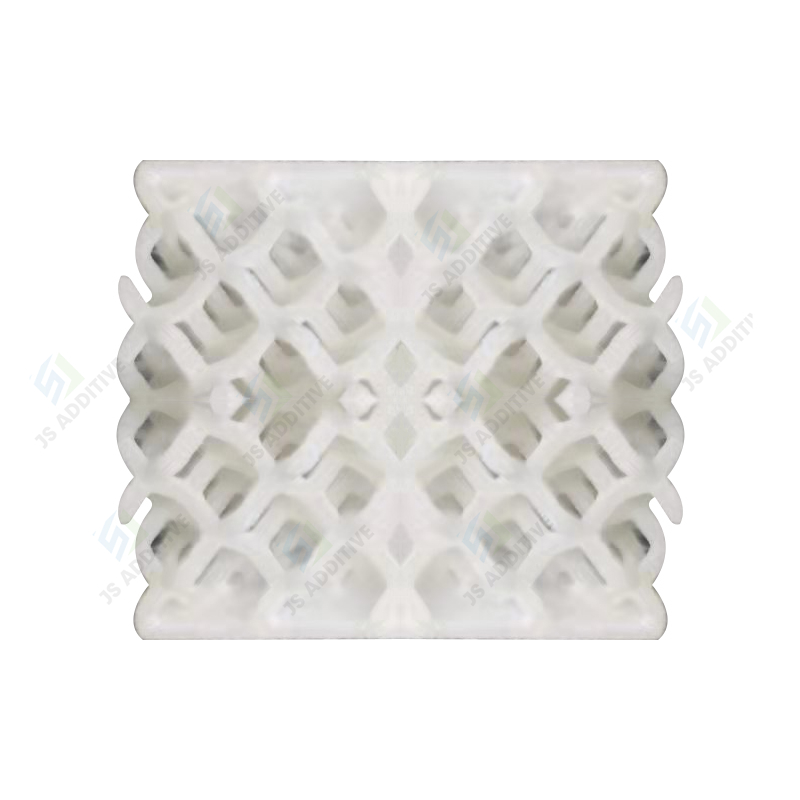Industrial SLA Printings - Factory, Suppliers, Manufacturers from China
Industrial SLA Printings, , , ,. The product will supply to all over the world, such as Europe, America, Australia,, ,, .
Related Products

Top Selling Products
-

Whatsapp
-

Phone
-

E-mail
-

WeChat
WeChat

-

Top






















